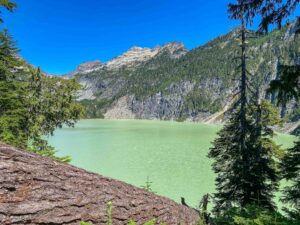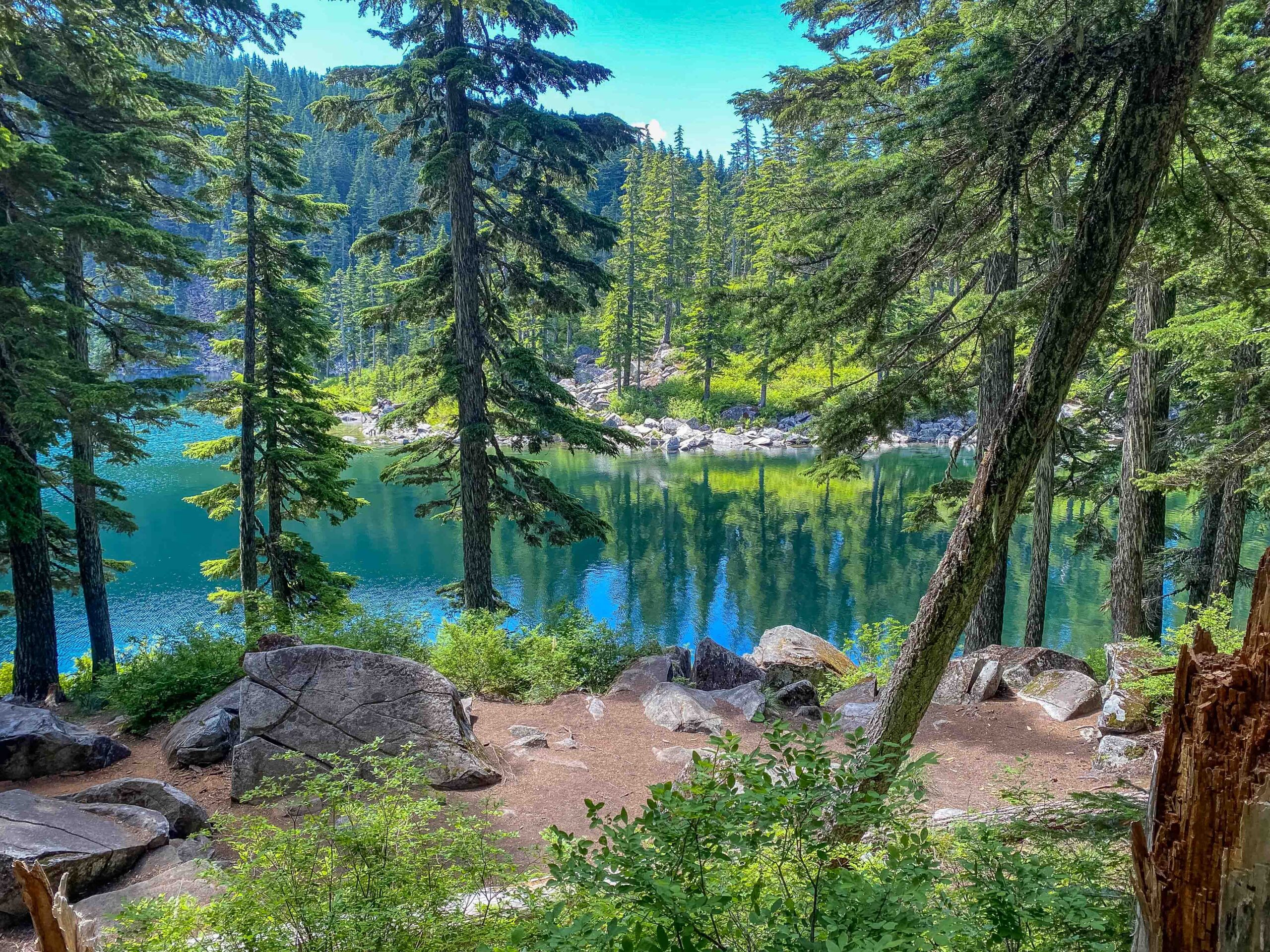
How to Stay Hydrated for Summer Hikes
This season, I’ve been reminded how crucial it is to stay hydrated during hot-weather hikes. One CHS student (Conditioning for Hiking Series) recently visited the ER after a long, exposed outing—dehydrated enough to need two liters of IV fluids. Another stopped talking and moving mid-trail, verging on heat exhaustion. Both were strong hikers, but heat illness and hydration challenges caught them off guard.
Using those two near-misses as examples, I led two hikes this past week—to Thompson Lake and Mt. Defiance—both of which went smoothly. Everyone stayed hydrated, we adjusted our pace as needed, and each hiker finished safely. We had other issues to deal with, but planning, flexibility, and prioritizing hydration made a large difference.
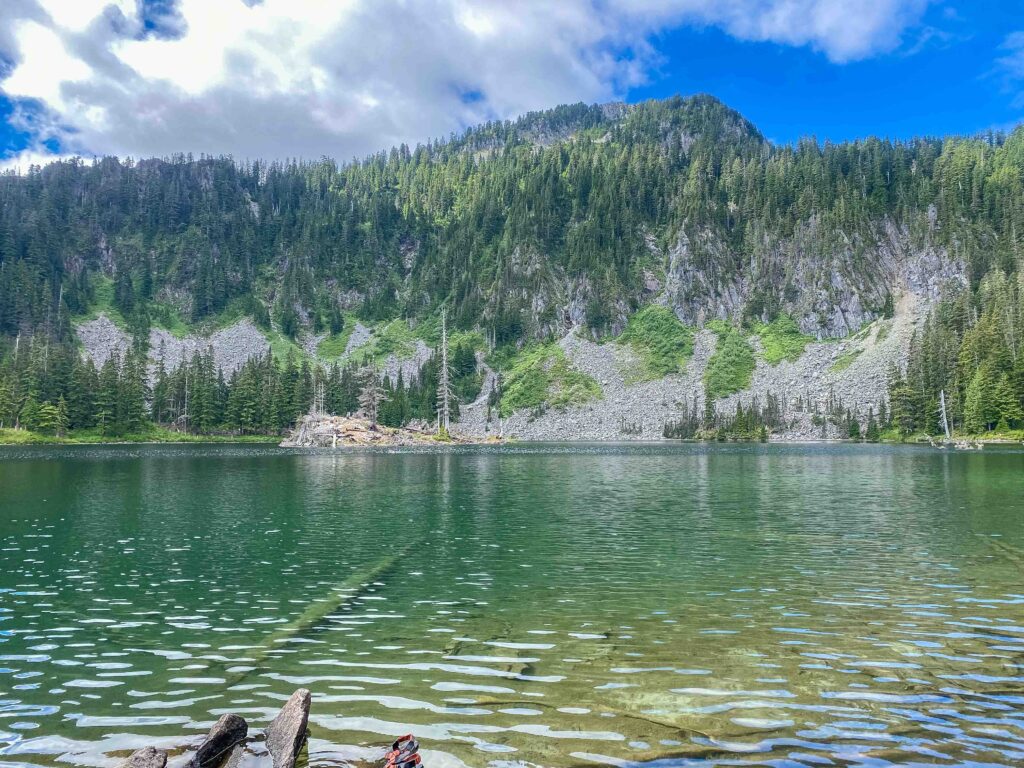
What I’ve Learned from Heat and Hydration Mistakes
Like many outdoor athletes, I’ve had to learn the importance of hiking hydration the hard way.
On Mt. Rainier, over 20 years ago, I once climbed up the Inner Glacier on a cloudy conditioner and forgot to wear my glacier glasses, thinking the sun “wasn’t out.” By day’s end, my eyeballs felt like they’d been rubbed with sandpaper—they’d burned the intense UV reflection off snow, ice, and clouds. Sun exposure is no joke; it can sneak up in surprising ways. Tips of your ears, nose, behind the legs if you forget the stripe between shorts and high gaiters, even the roof of your mouth, places you never think of burning. Fortunately, on most of the hikes I lead nowadays, the reflection off snow and ice aren’t an issue.
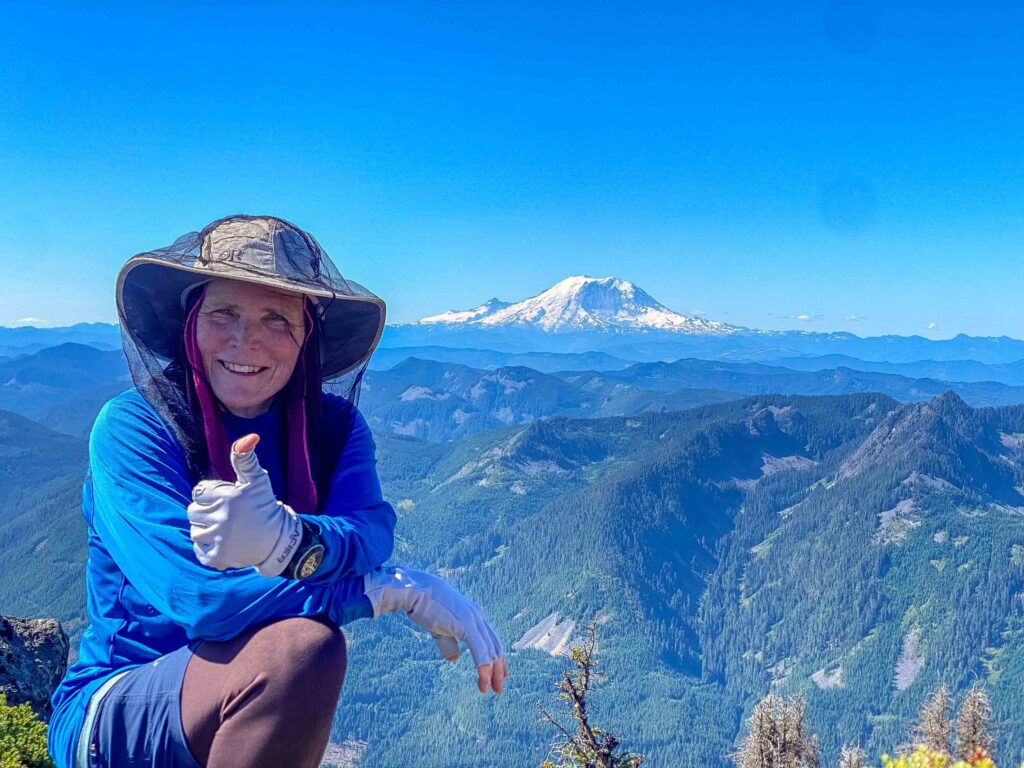
In Arizona in May, 2023, I tackled Mt. Wrightson with a close friend on what I thought would be a straightforward spring hike. I wore sun-protective clothing and drank water regularly, but my partner’s pace almost doubled my anticipated time on the trail. After 12 miles and 4,000 feet of gain under the desert sun, I ended the hike feeling shaky, nauseous, and disoriented—clear signs of heat exhaustion. Thankfully my friend was fully aware of the signs and helped me get down safely. Even well-prepared hikers can underestimate the toll of heat over time.
Trail-tested Hiking Hydration Tips that Work
Two recent hikes showed how well-prepared hydration strategies can prevent problems before they start.
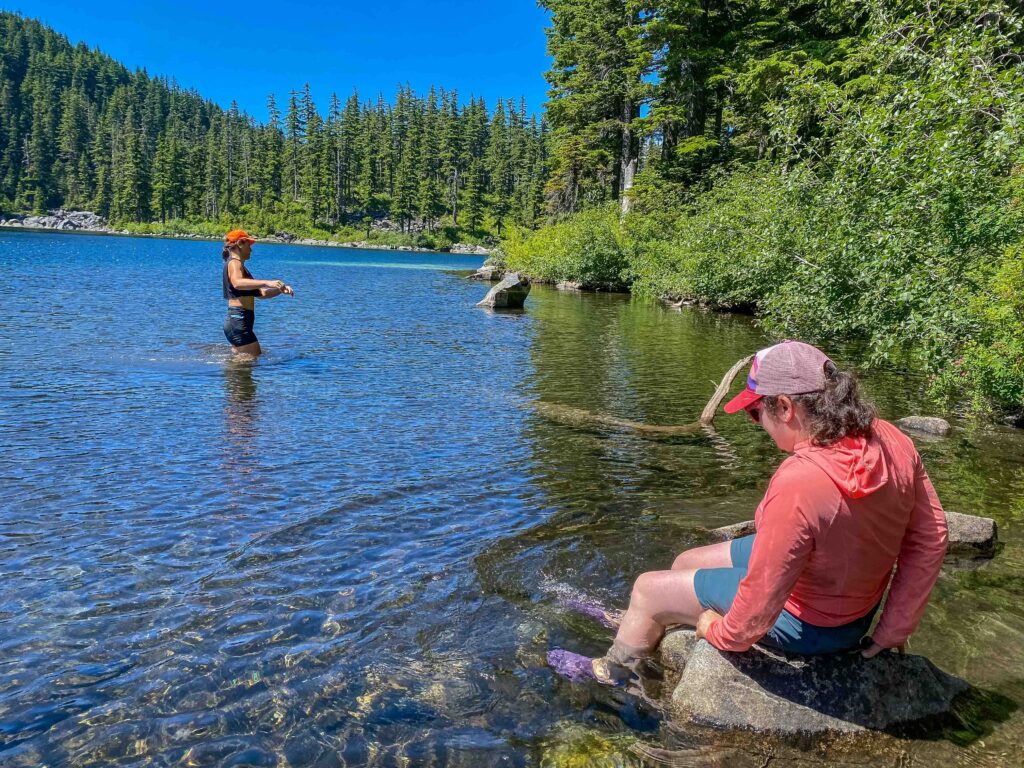
Thompson Lake: On a humid Saturday (July 12, 2025) nine of us covered 12 miles and 4,000 feet of gain. We started hiking at 6:30 a.m., ascending under cooling clouds and descending as the sun warmed the trail. Everyone stayed on top of hydration, and no issues came up.
Mt. Defiance: This hike (July 15, 2025) was shorter and quite steep in sections, covering 10.7 miles and 3,582 feet of gain. The terrain proved to be challenging, bordering on scrambling that required use of hands. Two hikers had slower stretches: one struggled going up the rocky scramble, two others wanted pointers going down the same stretch. I’d planted the seed of pace variability, given that nearby Seattle was under a heat advisory this week. We took a 45-minute recovery break at Mason Lake (which included a refreshing wade), and everyone carried plenty of water. Six hikers in, six out—all safe.
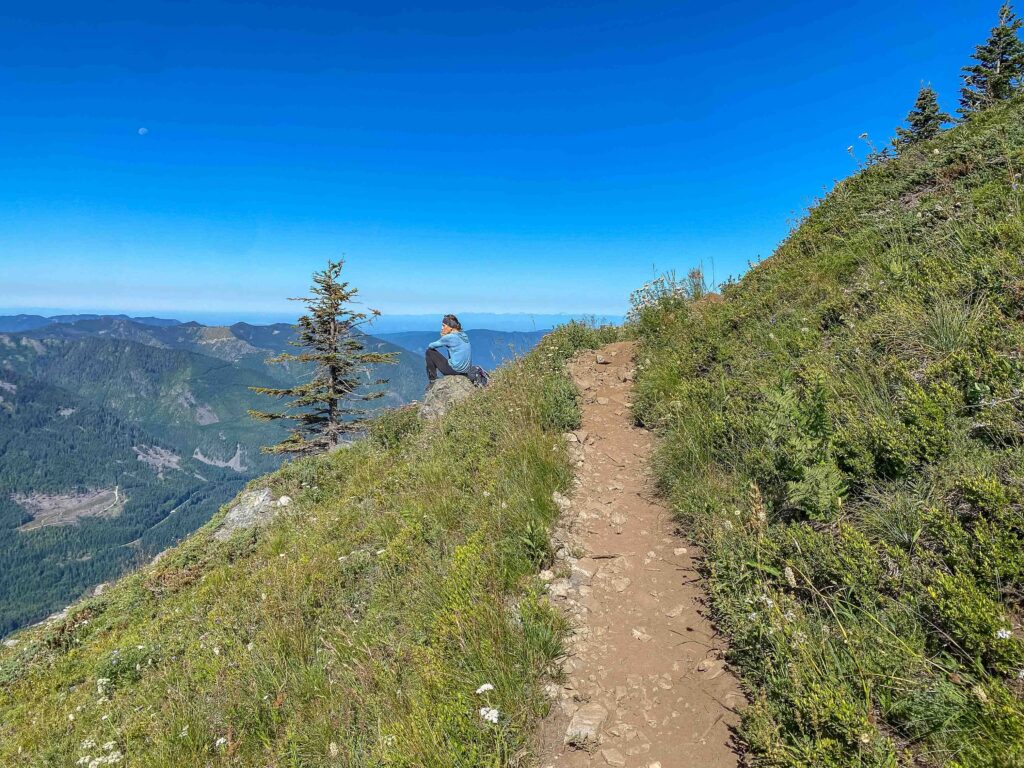
These hikes confirmed that hiking hydration is not just about how much water you carry. It’s about planning, pacing, recovery, and group awareness.
How I Choose Safer Routes for Summer Hiking
When planning summer hikes, I think of all the routes I’ve done with my dog and how he helped teach me what works best. I prioritize routes based on three essentials:
- Water access: I choose trails with year-round streams, waterfalls, or lakes where we can filter water, dip our feet, swim, or soak neck buffs.
- Ample shade: Dense tree cover can reduce trail temperatures by at least 10 degrees.
- Early starts: I choose hikes I can reach early enough to be on the trail by 6:30 a.m., which lets us ascend in cooler air and descend before heat radiates off rocks.
- Flexibility: I try to adhere to the guidelines I’ve posted in my Hello Hiker emails, but safety always comes first. If we need to go slower than advertised, that’s okay.
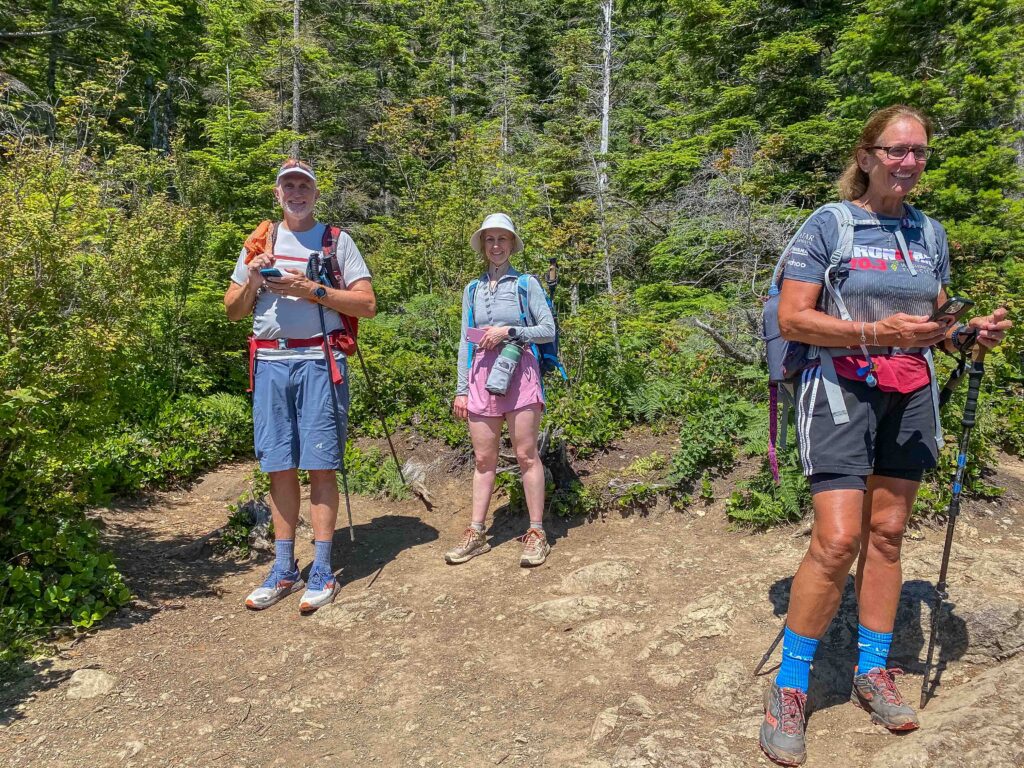
I bring more water than I think I’ll need—a gallon plus extra for emergencies. I also plan to keep backup gallons in the car in case anyone returns to the trailhead dry. It’s a simple but powerful way to support hiking hydration for myself and my group.
Hot Weather Hydration Tools and Habits
Here’s what I carry and practice regularly to stay safe and cool on hot-weather hikes:
- Billed hat(s) for sun protection. I wear a baseball cap in the forest, and a wider-brimmed hat to protect my neck on exposed sections.
- Lightweight, breathable clothing. My sun shirt has a hood to protect my neck and ears, and my tights, though black, also protect me from bugs and blackberry vines or other irritants
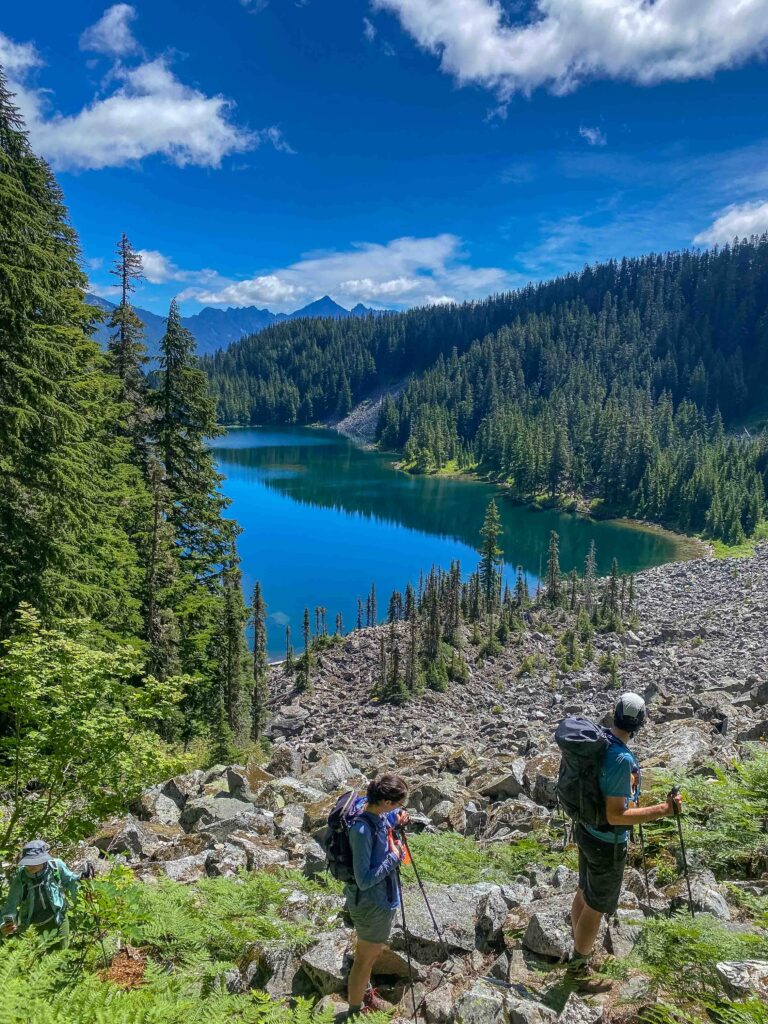
- Glacier gloves. I carry two pairs of white fingerless lightweight gloves, an extra in case I lose the other. Throwbacks to my climbing days. These protect my sunburn-prone skin from burning, which can heat up the body and require even MORE water for cooling
- Thermos with ice water for soaking a neck buff in case there isn’t readily accessible running water. This was a godsend on Rattlesnake Traverse which reminded me about the importance of hydration before, during, and after.
- Electrolytes in every refill. I like Keppi Electrolytes packets (one per 24 ounces) that I dilute in 40 ounces for flavored water I’m more likely to drink readily
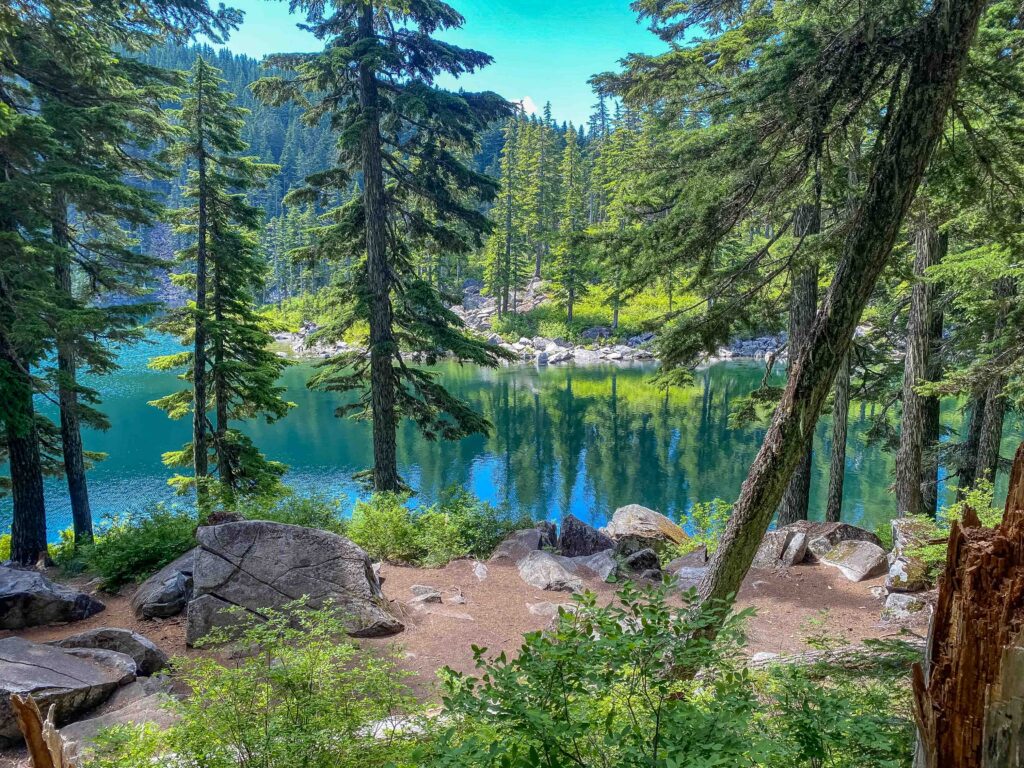
- A water filter for emergency backup for participants on longer routes
- Generous breaks in shaded or water-accessible spots
- Flexibility to modify the pace or take extended breaks as needed
None of these items alone are magic. But together, they create a reliable system that prioritizes hiking hydration and safety for everyone on the trail.
Hiking Hydration Is About Prevention, Not Perfection
I’ve come to see hydration and heat management not as a checklist but as a mindset. It’s about preparing for unknowns—humidity, terrain, group variability—and responding in real time. Some days, that means throwing out your planned pace. Other days, it’s taking that extra water break even if you “feel fine.” If you find yourself going longer than about two hours without needing to take a party separation, you are not drinking enough.
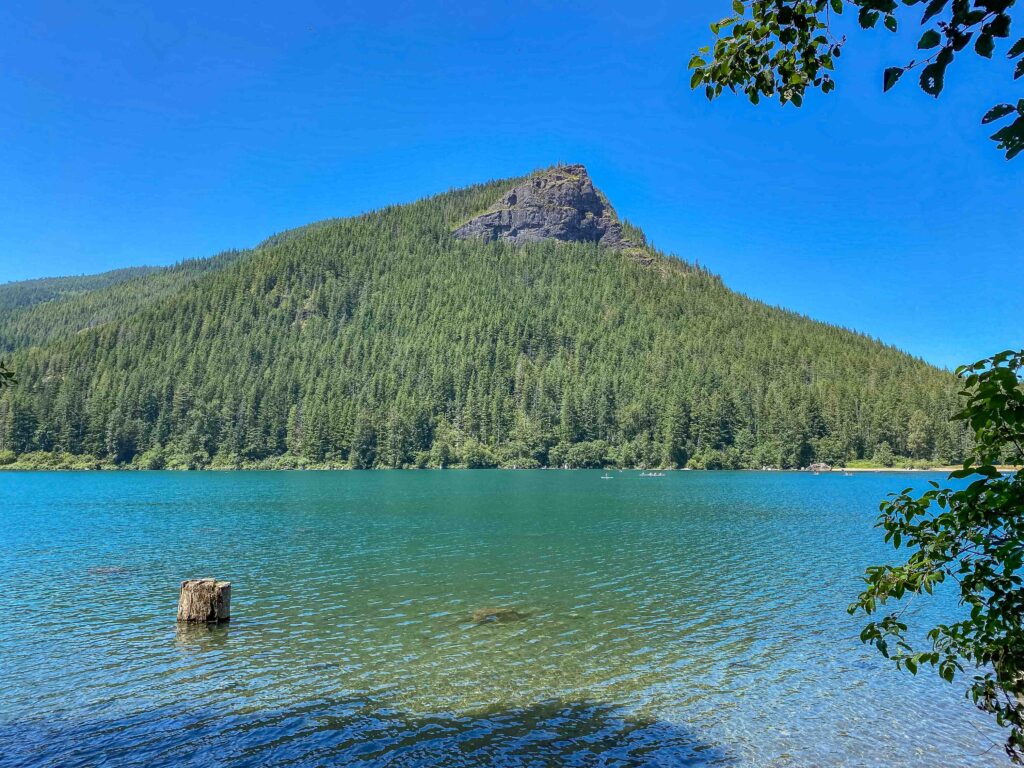
Good hiking hydration isn’t about avoiding discomfort entirely. It’s about keeping small discomforts from becoming dangerous. As a coach, I now see part of my role as modeling that kind of decision-making and teaching others to listen to their bodies early—before things take a dangerous turn.
Let the Heat Be Your Teacher
Summer hiking can be fabulous, but it comes with challenges. If we respect the conditions, plan ahead, and care for ourselves and others, we can enjoy long, adventurous days on trail—even in the heat.
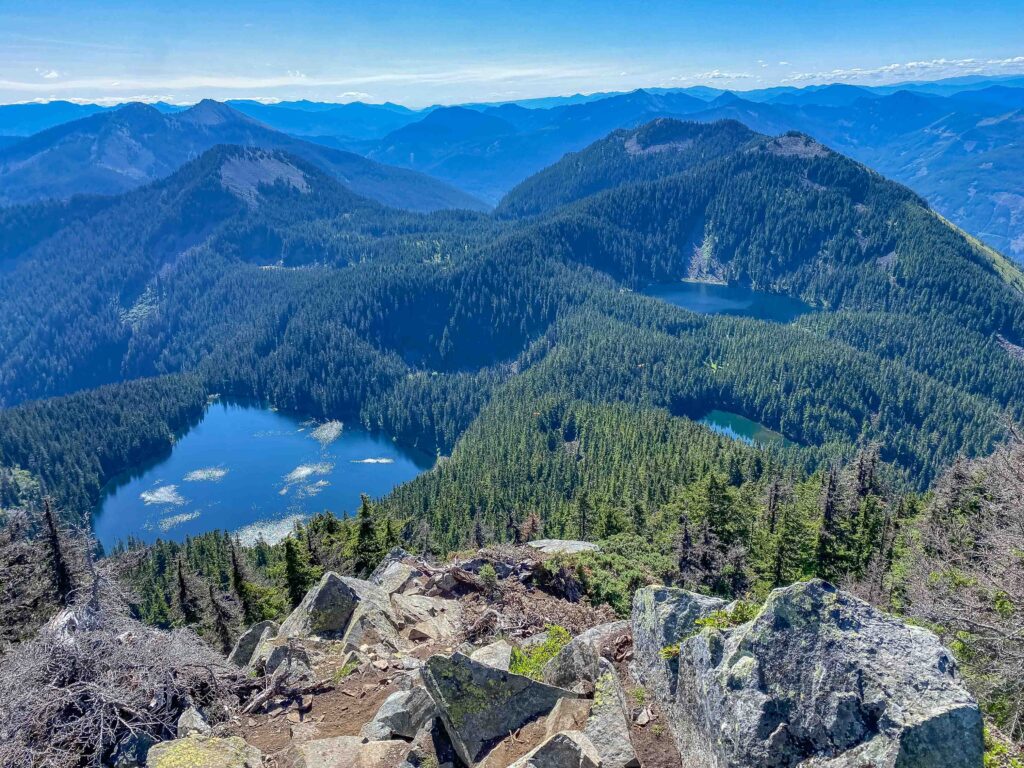
Think about what might go wrong, then take action against it. I hadn’t planned for the humidity on Thompson Lake or the terrain challenges for a few students on Defiance. But by anticipating the heat and hydration variables, we could pivot and deal with the other issues. Too many and you run the risk of disaster. Let the heat teach you, not beat you. Be open to pivoting so everyone can succeed regardless of what Mother Nature doles out.
If you have a favorite trick or tip on beating the sun, heat, or staying hydrated, share in the comments so we can all benefit.

